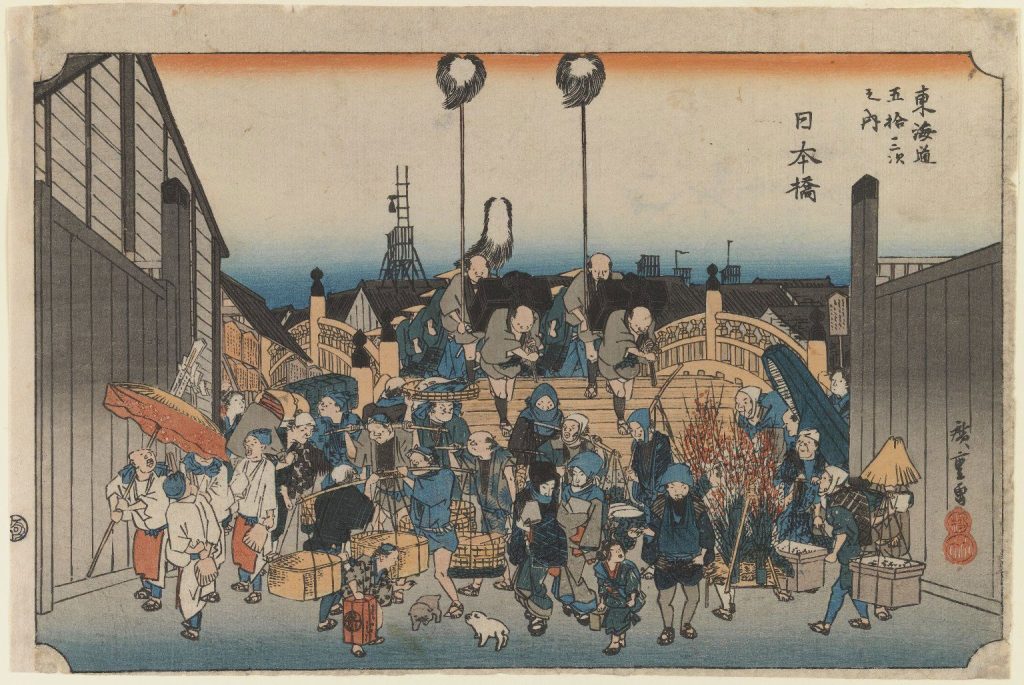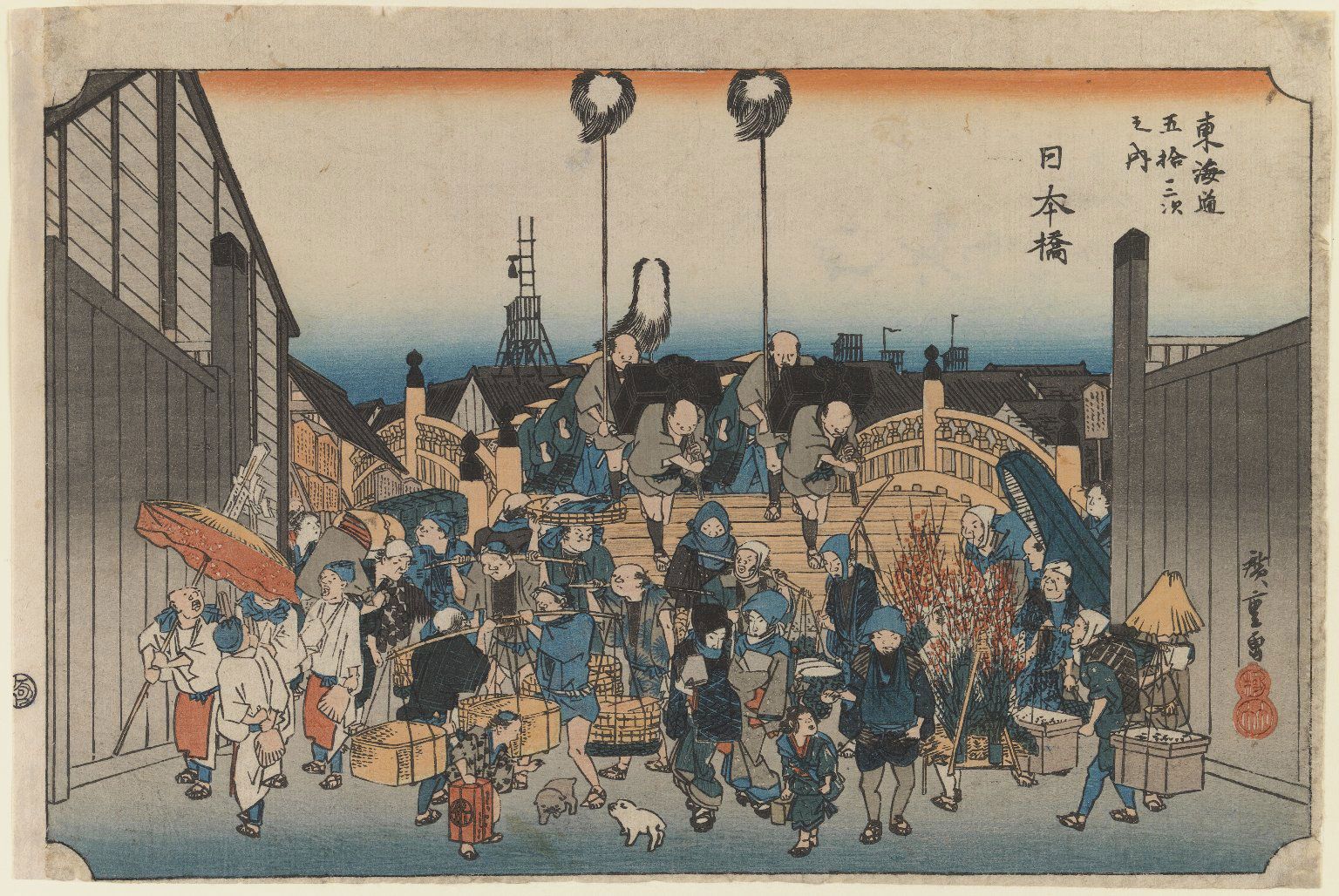
Indigenous Artists Reclaim Heritage and Shape New Futures from Historical Challenges

### **Future Imaginaries: Indigenous Art, Fashion, and Technology at the Autry Museum**
#### **Exploring Indigenous Perspectives on Time, Tradition, and Technology**
LOS ANGELES — At the Autry Museum of the American West, under the watchful gaze of an over-eight-foot-tall figurative sculpture titled *Ground (Witness)* (2016) by Santa Clara Pueblo sculptor Rose B. Simpson, the thoughtful message, “Maybe ‘apocalypse’ is the opportunity we are looking for, even if we don’t quite know it yet,” sets the tone for a thought-provoking exhibition: *Future Imaginaries: Indigenous Art, Fashion, Technology*. This exhibition, which is part of the Getty Foundation’s broader *PST ART: Art & Science Collide* initiative, will be on view through June 21, 2026.
The show does far more than simply present art—it challenges deeply ingrained preconceived ideas of Native art, while inviting audiences to reimagine the interconnections between time, technology, and tradition. Featuring over 50 contemporary works by Indigenous artists, the exhibition ponders not only the present but projects a vision of how cultural traditions and technologies may evolve through future generations.
### **Redefining Relevance: Fashion, Regalia, and Performance**
*Titled Suite 1: “Suiting Up: Armor, Regalia, Haute Couture,”* the exhibition opens with a circular display focused on Indigenous fashion and ceremonial regalia. This collection delves into how modern Indigenous artists reimagine traditional clothing by synthesizing the old and new, crafting a conversation between ancestral knowledge and contemporary influences. Works by artists such as *Wendy Red Star* (Apsáalooke/Crow) and *Jontay Kahm* (Plains Cree) embody this fusion, drawing inspiration from their cultures’ intimate relationships with community, environment, and resource stewardship.
Wendy Red Star’s photograph, “Stirs Up the Dust” (2011), depicts this fusion of contemporary and traditional aesthetics, embodying both modernity and cultural preservation. This thematic convergence continues to resonate throughout the exhibition, as fashion pieces—imbued with symbolic and ancestral significance—are displayed alongside multimedia works such as Caroline Monnet’s *Echoes From a Near Future* series (2022). The regal postures of Monnet’s photographed subjects, blending Indigenous tradition with unexpected contemporary materials like laminate floors, create a striking meditation on how ancient practices can be wielded to shape modern identities.
As co-curator *Kristen Dorsey* (Chickasaw Nation) eloquently reflects, “I see relationality embedded in Indigenous fashion because you’re actually clothed in the knowledge of your ancestors … It’s reaching through time, upending the idea that time is linear.”
### **Indigenizing Sci-Fi: Futurism Through a Cultural Lens**
Popular culture frequently borrows from Indigenous aesthetics and narratives—sometimes without credit. Hollywood blockbusters like *Avatar* and *Star Wars* have well-documented histories of appropriating Indigenous influences, from the physical characteristics of the Na’vi people to the hairstyle of Princess Leia, which closely resembles Hopi women’s buns. In *Future Imaginaries*, however, Indigenous artists reclaim these tropes in a bold and thoughtful way.
In the section titled *”Indigenizing Sci-Fi,”* the exhibition envisions how Indigenous identity intersects with speculative futures. Artist *Will Wilson* (Diné), with his photographic piece, *K’ómoks Imperial Stormtrooper (Andy Everson), Citizen of the K’ómoks First Nation* (2017), reappropriates the iconography of the Star Wars universe—instantly recognizable by its Imperial Stormtrooper costume—within the context of Indigenous narratives.
These works challenge sci-fi’s frequent omission or reduction of Indigenous perspectives by asserting a future not only inclusive of Indigenous people but centering their visions and resilience. By taking ownership of these futuristic realms, the featured artists resist the marginalization of Indigenous experiences, instead using the familiar imagery of science fiction to reassert cultural sovereignty.
### **Critical Mass: Indigenous Technologies and Ecologies**
Perhaps the exhibition’s most imaginative and interactive section is *“Critical Mass: Indigenous Technologies, Ecologies, and the Future.”* A central piece is *Ínyan Iyé (Telling Rock)* (2019), created by *Kite* (Oglála Lakȟóta) and *Devin Ronneberg* (Hawaiian/Okinawan). This dynamic sculpture engages visitors directly: as people draw near, strands of braided hair and LED tendrils respond to the motion by triggering sounds—voices, frequencies, and ambient noise—intertwined with the Lakȟóta language.
This multisensory interaction reflects ancient traditions of storytelling and the intimate relationship between the human and non-human worlds. Here, the concept of “technology” is broadened to encompass advanced materials and electronics while